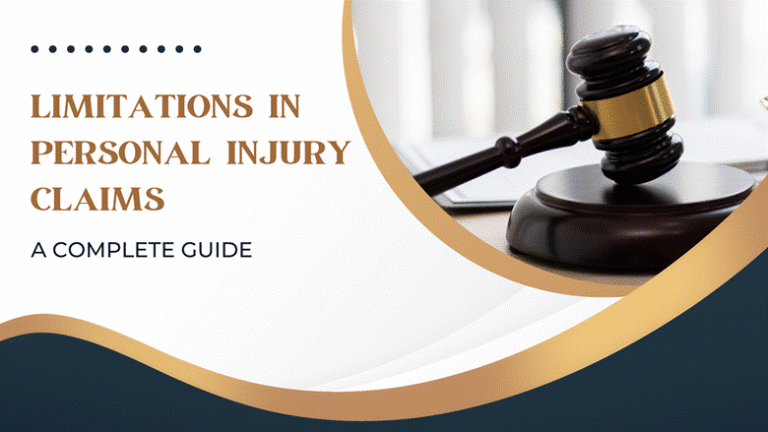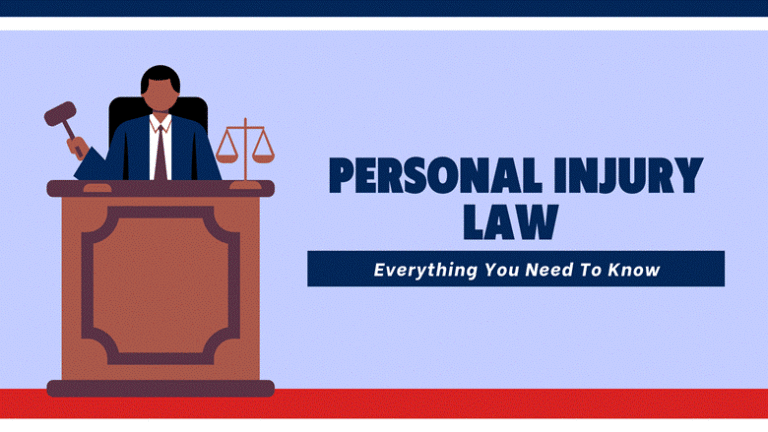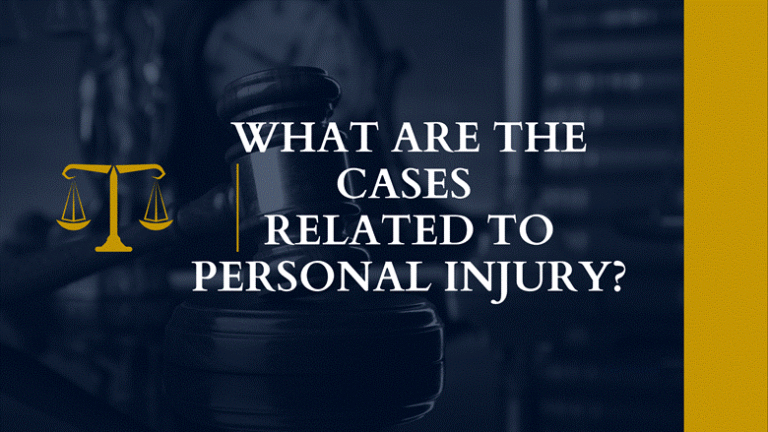When it comes to personal injury cases, understanding the Statute of Limitations (SOL) is paramount. The SOL sets a legal timeframe within which you must file a lawsuit, and failing to do so within the prescribed limits can jeopardize your chances of seeking compensation for your injuries. In this comprehensive guide, we will explore the intricacies of New York City’s Statute of Limitations in personal injury cases, providing you with the knowledge you need to protect your rights and navigate the legal landscape effectively.
The Basics of Statute of Limitations
What is the Statute of Limitations?
The Statute of Limitations (SOL) is a legal concept that establishes a specific period during which a lawsuit must be filed. Its primary purpose is to ensure that legal claims are brought forth within a reasonable time frame, preserving the integrity of evidence and promoting timely resolution of disputes. In the context of personal injury cases, the SOL determines how long you have to initiate legal action after sustaining an injury.
Why is it Important?
Understanding the significance of the SOL is crucial because it directly impacts your ability to seek compensation for injuries. Here are a few key reasons why the SOL is of utmost importance:
Preservation of Evidence
Prompt legal action ensures that evidence, such as witness testimonies, accident reports, and medical records, remains available and credible. Over time, evidence can degrade or become unavailable, making it essential to file a lawsuit within the prescribed timeframe.
Fairness and Legal Certainty
The SOL prevents individuals from bringing claims long after the alleged injury occurred. This safeguards against “stale” claims, providing a fair and predictable legal system for both plaintiffs and defendants.
Efficient Dispute Resolution
By setting time limits for legal actions, the SOL encourages the timely resolution of disputes. This benefits all parties involved by reducing uncertainty and facilitating quicker access to justice.
Understanding New York City’s Statute of Limitations
Time Limits for Personal Injury Claims
In New York City, the Statute of Limitations for personal injury cases typically grants victims a three-year window to file a lawsuit. This three-year period commences from the date of the injury or the date when the injury was discovered, depending on the circumstances.
It’s essential to be aware of this time limit, as failing to file your lawsuit within this timeframe can result in the loss of your right to seek compensation.
Differentiating Between Types of Personal Injury Claims
Not all personal injury claims are subject to the same SOL. It’s crucial to differentiate between the types of personal injury claims and their respective time limits:
General Personal Injury Claims
The three-year SOL generally applies to most personal injury cases, including those resulting from accidents, slip and falls, or medical malpractice. If you’ve been injured due to another party’s negligence, you typically have three years from the date of the injury to file your lawsuit.
Wrongful Death Claims
In cases involving the wrongful death of a loved one due to negligence, the SOL is different. The timeframe for filing a wrongful death claim is typically two years from the date of the individual’s death.
Understanding these distinctions is essential for accurately assessing your situation and ensuring you meet the applicable deadlines.
Exceptions and Special Circumstances
Minors and the SOL
The Statute of Limitations operates differently when personal injury victims are minors. In New York City, a minor generally has three years from their 18th birthday to file a lawsuit for injuries sustained while they were under the age of 18. This provision aims to protect the rights of minors, allowing them adequate time to bring a claim once they reach legal adulthood.
Discovery Rule: When Did You Discover the Injury?
In some cases, personal injuries may not become immediately apparent. The discovery rule comes into play when the injury is not immediately evident, and it allows the statute of limitations to begin when the injury is discovered or reasonably should have been discovered. This rule is particularly crucial for cases where the full extent of the injury only becomes evident later, such as in medical malpractice claims.
How to Protect Your Rights
The Role of Legal Representation
Navigating the complexities of New York City’s Statute of Limitations in personal injury cases can be daunting, especially when dealing with exceptions and varying timeframes. Seeking legal representation from an experienced attorney is invaluable in protecting your rights and ensuring compliance with the SOL.
A skilled attorney will not only help you understand the applicable deadlines but also guide you through the legal process, ensuring that you meet all necessary requirements for a successful claim.
Gathering Evidence and Documenting Your Case
To build a strong personal injury case, gathering evidence and documenting your injuries and the circumstances surrounding them is essential. This evidence may include:
- Medical Records: Obtain and retain all medical records related to your injuries, diagnoses, and treatments.
- Photographs: Take photographs of your injuries, the accident scene, and any other relevant details.
- Witness Statements: If there were witnesses to the incident, collect their contact information and statements.
- Accident Reports: Obtain any accident reports filed with the police or relevant authorities.
- Expert Opinions: Consult with experts, such as medical professionals or accident reconstruction specialists, to strengthen your case.
Working closely with your attorney can help ensure that you have a robust case ready for litigation.
When you find yourself facing a personal injury case in New York City, having a dedicated and experienced legal team by your side is crucial. With their deep expertise and unwavering commitment, Union Law Firm is the trusted partner you need to navigate the complexities of the legal system and secure the compensation you deserve. Take the first step toward achieving justice and discuss your case by contacting them at this link: https://www.unionlawfirm.com/.
Understanding New York City’s Statute of Limitations in personal injury cases is paramount for anyone who has suffered injuries due to negligence or wrongful actions. Time limits, exceptions, and the choice of legal representation can significantly impact the outcome of your case.

















+ There are no comments
Add yours